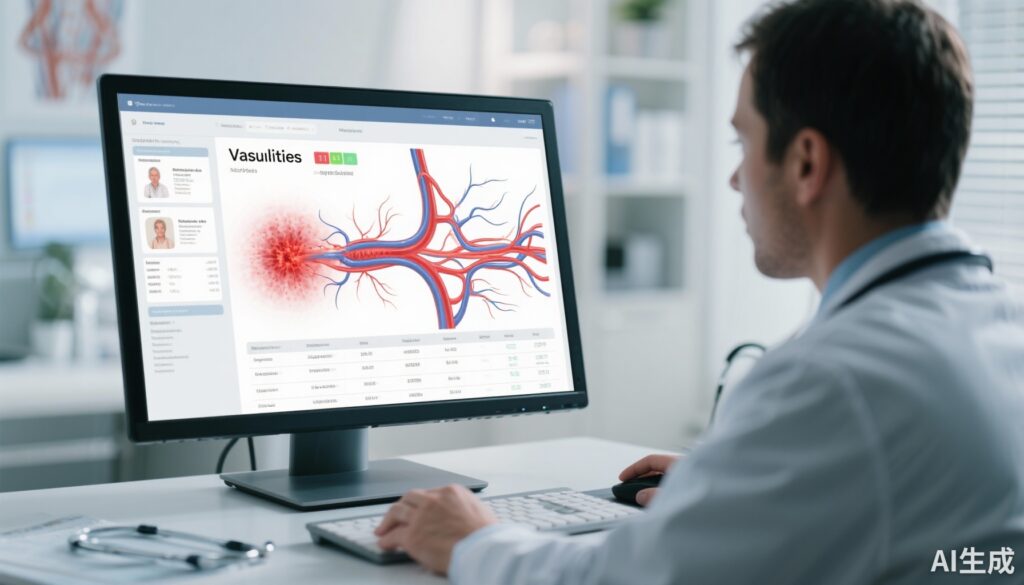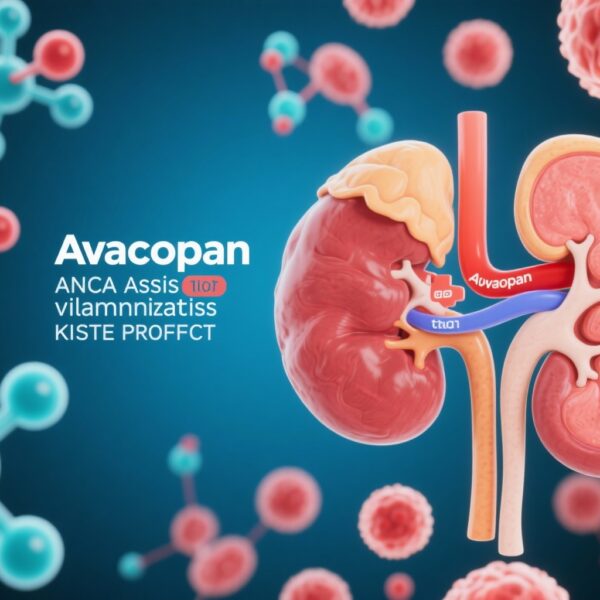Introduction
Microscopic polyangiitis (MPA) and granulomatosis with polyangiitis (GPA) are severe forms of ANCA-associated vasculitis (AAV), characterized by small vessel inflammation that can affect multiple organs, particularly the kidneys and respiratory tract. These diseases, although relatively uncommon, pose significant morbidity and mortality risks if not promptly and effectively treated.
Disease management has evolved over the years, with immunosuppressants such as cyclophosphamide historically serving as the cornerstone of induction therapy. More recently, rituximab (RTX), a monoclonal antibody targeting CD20-positive B cells, has gained prominence due to its efficacy and better side-effect profile. Despite robust evidence from randomized controlled trials (RCTs) supporting their use, real-world data on the comparative effectiveness of RTX and cyclophosphamide remain crucial, especially in diverse patient populations and routine clinical settings.
This article critically examines findings from the Japan Collaborative Registry of ANCA-Associated Vasculitis (J-CANVAS), a retrospective cohort study that emulates a target trial to evaluate the real-world effectiveness of RTX and intravenous cyclophosphamide (IVCY) versus non-use for remission induction in severe MPA and GPA.
Study Design and Population
The J-CANVAS study employed an observational, retrospective cohort design that aimed to emulate the framework of a randomized trial. This approach enhances causal inference in real-world settings. Included were patients aged 20 years and older with newly diagnosed or relapsing MPA or GPA from 2017 to 2023, registered in the Japan Collaborative Registry.
Patients were allocated into treatment groups based on their initial immunosuppressive therapy within four weeks of diagnosis: those receiving RTX or IVCY constituted the intervention group, while others formed the control group. The primary endpoint was failure to achieve remission at week 24, defined as a Birmingham Vasculitis Activity Score (BVAS) of zero and prednisolone dose ≤10 mg/day.
Secondary outcomes included a composite of death, kidney failure, and disease relapse, alongside serious infections, which are significant complications in immunosuppressed populations. Advanced statistical methods involving inverse probability weighting were applied to estimate risk ratios, aiming to balance baseline covariates and reduce confounding biases.
Key Findings
The study encompassed 544 patients, of whom 413 had MPA and 131 had GPA. Approximately 64% of these patients received RTX or IVCY. The principal findings demonstrated a substantial benefit associated with these therapies:
– The risk of failing to achieve remission at 24 weeks was reduced by 28% in the treatment group (risk ratio [RR] 0.72, 95% confidence interval [CI] 0.61–0.85).
– The composite outcome—including death, renal failure, or relapse—was significantly lower, with an RR of 0.57 (95% CI 0.33–0.97), indicating nearly a 43% risk reduction.
– Importantly, the analysis showed no significant increase in serious infections (RR 1.03, 95% CI 0.47–2.25), suggesting these potent immunosuppressants do not necessarily elevate infection risk in this cohort.
Sensitivity analyses, which tested the robustness against various assumptions, confirmed these results, thereby strengthening the validity of the findings.
Clinical Implications and Expert Perspective
The findings from J-CANVAS are highly relevant for clinicians managing severe AAV cases. They reinforce the therapeutic advantage of RTX and cyclophosphamide in inducing remission without a concomitant increase in infection risk, aligning with previous RCT data such as the RAVE and RITUXVAS trials.
However, real-world data often encompass broader patient populations, including those with comorbidities, older age, or varied disease severity, providing valuable insights into everyday clinical practice. The data support current guidelines that recommend RTX as a valid alternative to cyclophosphamide, especially given its more favorable long-term safety profile.
Limitations include the retrospective design and potential residual confounding despite statistical adjustments. Moreover, the study’s focus on short-term outcomes necessitates further research into long-term efficacy, relapse rates, and safety profiles.
Conclusion and Future Directions
The J-CANVAS study offers compelling real-world evidence that rituximab and intravenous cyclophosphamide substantially improve remission rates and reduce adverse composite outcomes in severe MPA and GPA without increasing serious infections. These findings bolster their roles as standard induction therapies in clinical guidelines.
Future studies should aim to evaluate long-term outcomes, relapse prevention strategies, and personalized therapeutic approaches based on patient-specific factors to optimize care for AAV patients worldwide.



